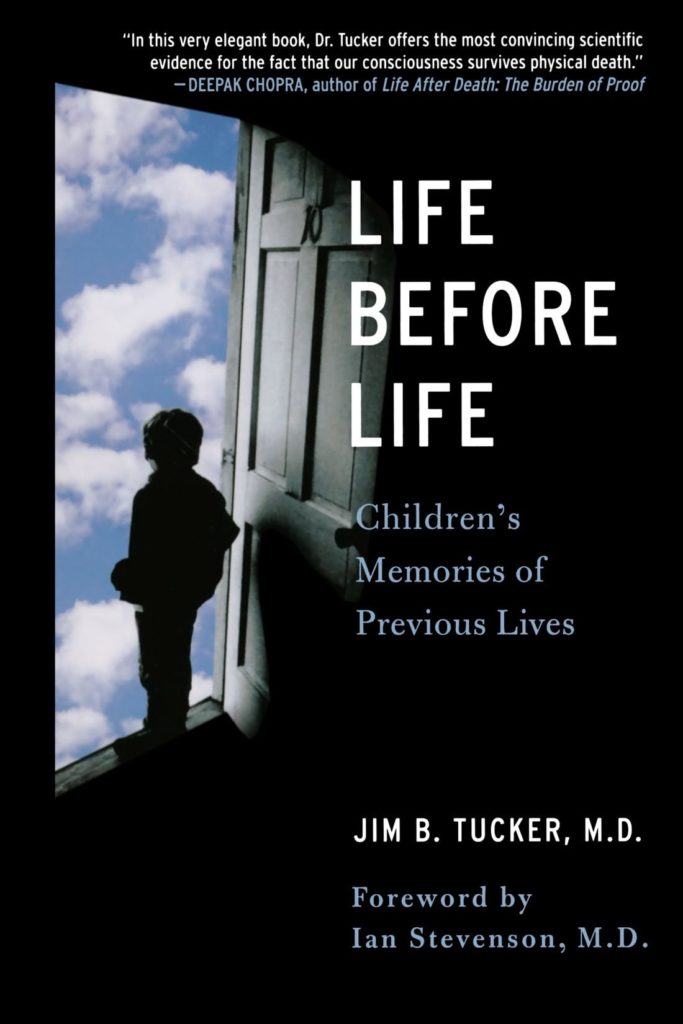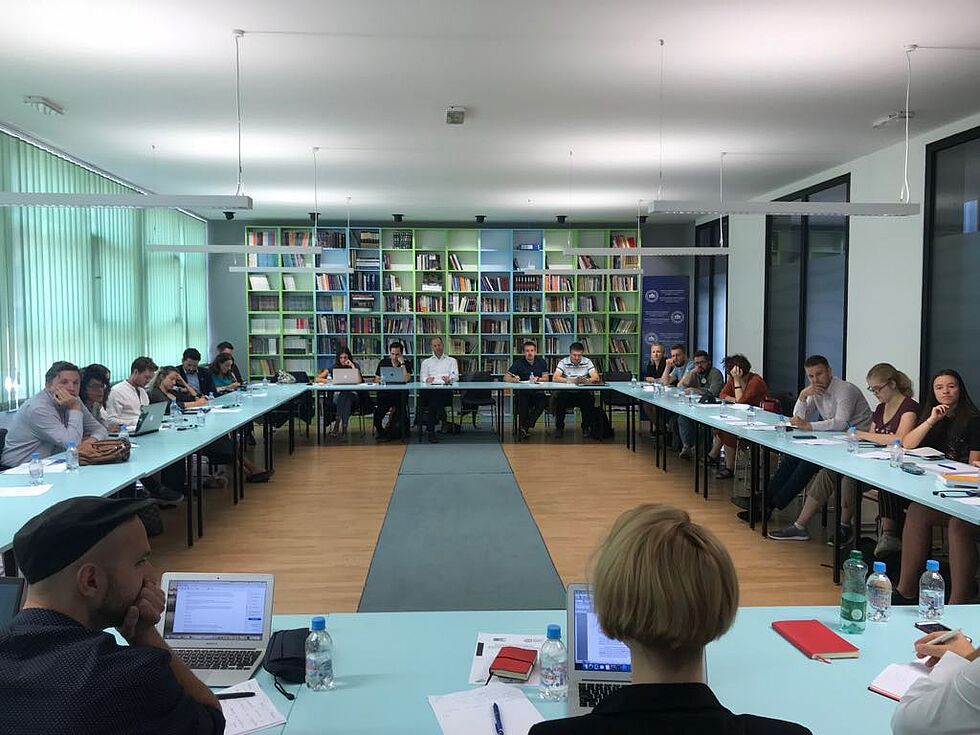- Visitor:19
- Published on:
The Boy Who Remembered Being Stabbed to Death. Exploratory Studies in Reincarnation.
Necip Ünlütaşkiran, a boy from Turkey, was born with many birthmarks on his head, face and trunk. At the age of six, when he started speaking, he told his family about how he was repeatedly stabbed to death. Read on to know more about this fascinating case from an Islamic nation that was investigated and documented by Dr. Ian Stevenson.

Over the last few months, we have been publishing striking cases of reincarnation reported from different parts of the world under the heading of ‘Exploratory Studies in Reincarnation’. These are cases that have been studied, investigated and documented by scientists and doctors like Dr. Ian Stevenson, Dr. Jim Tucker and Dr. Satwant Pasricha. As part of this series, we have also published excerpts from their books that tell us how these scientists and doctors view and explain the phenomenon of reincarnation.
Over the last forty years, extensive research has been carried out in the areas of reincarnation and near-death experiences. While the mainstream community of medicine and psychology have remained skeptical and disapproving of this, a small group of medical doctors and psychiatrists have been relentlessly pursuing systematic and meticulous research based on data and evidence. Dr. Ian Stevenson was the first to carry out such a pioneering and revolutionary research in the field. Dr. Stevenson’s work has led to the publication of many research papers and books authored by him, on the subject. Stevenson’s research went past anecdotal accounts and for the first time ever, introduced hard data on reincarnation. Over the course of forty years, Dr. Stevenson investigated and documented over 2,500 cases of children with past life memories from all over the world using rigorous scientific methods. Such was the scientific rigour of Dr. Stevenson’s work that it forced the modern medical community to sit up and take notice. With time, others like Dr. Satwant Pasricha and Dr. Jim Tucker joined Dr. Stevenson in these investigations and assisted him. Eventually Dr. Jim Tucker took over the project at the University of Virginia when Stevenson retired. Today Dr. Jim Tucker carries on the legacy of Dr. Stevenson and continues to create awareness about reincarnation in the western world.
In his book ‘Life Before Life’ Dr. Tucker explores numerous cases of children with memories of a previous life from different parts of the world. He presents the evidence accumulated through a systematic, scientific approach. He then delves into the evidence and presents possible explanations for the presentation of the evidence in as unbiased a manner as possible.
Today’s excerpt from the book ‘Life before Life’ by Dr. Jim Tucker is about a boy Necip Ünlütaşkiran from Turkey. Necip had a number of birthmarks and started talking about his past life at the age of six. Read on to know more about this fascinating case from an Islamic nation.
The Case of the Turkish Boy Necip Ünlütaşkiran
Another case from Reincarnation and Biology is that of Necip Ünlütaşkiran from Turkey. At the time of his birth, he was noted to have a number of birthmarks on his head, face, and trunk. His parents initially named him Malik, but three days after his birth, his mother had a dream in which her baby told her that he was called Necip. The parents then chose to change his name to Necati instead of Necip, since the names were similar and another child in the family was already named Necip. When the boy became old enough to speak, he insisted that his name was really Necip and refused to answer to anything else, so his parents eventually agreed to call him Necip.
Necip was slow in speaking and late in speaking about a previous life, but when he was six years old, he began saying that he had children. He gradually gave other details, including the fact that he had been stabbed repeatedly. He said he had lived in the city of Mersin, fifty miles from the family’s home. The family did not immediately take him there, because of their lack of means as well as their lack of interest in what he was saying.
When Necip was twelve years old, his mother took him to a town near Mersin to visit her father and his wife, whom neither Necip nor his mother had met before. When Necip did meet her, he said that she was now his real grandmother after being only like a grandmother to him in the past. He told her about his memories of a previous life, and she confirmed that they were true. She had previously lived in Mersin, where she was known as “Grandmother.” A neighbour of hers there named Necip Budak had been stabbed and killed shortly before the child Necip was born. Necip’s grandfather then took him to Mersin, where he recognized a number of Necip Budak’s family members. He identified two items that had belonged to Necip Budak, and he correctly said that Necip Budak had once cut his wife on her leg with a knife during an argument. The boy had not seen the widow’s legs, of course, but a woman in Dr. Stevenson’s group examined them and confirmed that she had a scar on her thigh that she said her husband had given her.

Dr. Stevenson was able to obtain a copy of Necip Budak’s autopsy report, and he found that Necip the boy had three birthmarks, ones that his family had noted at his birth that were still visible when Dr. Stevenson examined him at age thirteen, that matched wounds described in the autopsy report. In addition, Necip had previously had three birthmarks that his family noted at birth that were no longer visible at age thirteen that matched wounds in the report. Dr. Stevenson also found two marks on Necip that corresponded to wounds in the report, but his parents had not noticed these marks before. Lastly, the autopsy described a number of wounds on the left arm of Necip Budak that did not match any birthmarks on Necip the boy.
In summary, Necip had up to eight birthmarks that matched documented wounds on Necip Budak, who was killed fifty miles away, and he also gave correct details about Necip Budak’s life and recognized his family members.
[Source: Jim B. Tucker, Life before Life. New York: St. Martin’s Griffin]
- 9 min read
- 0
- 0










